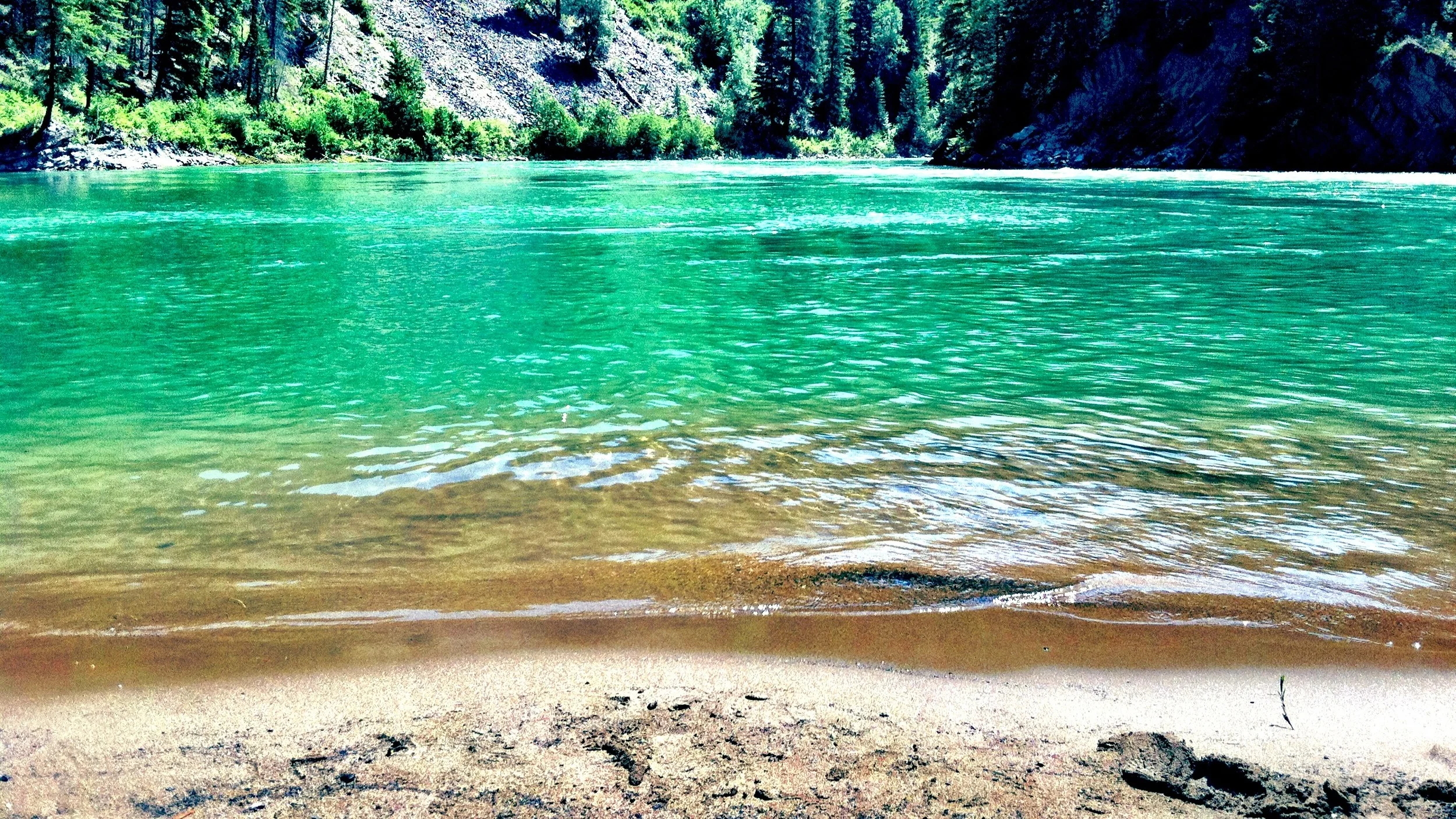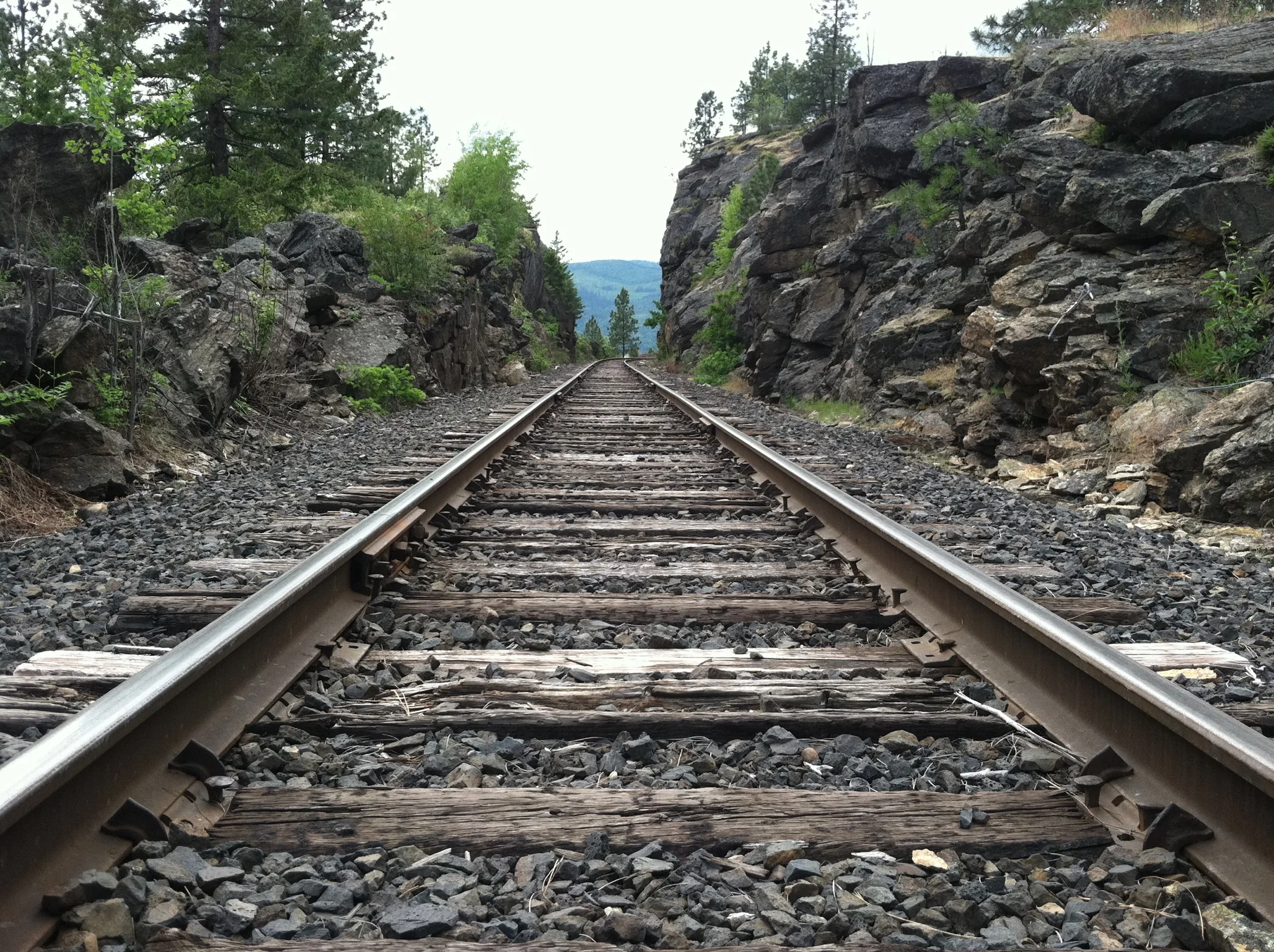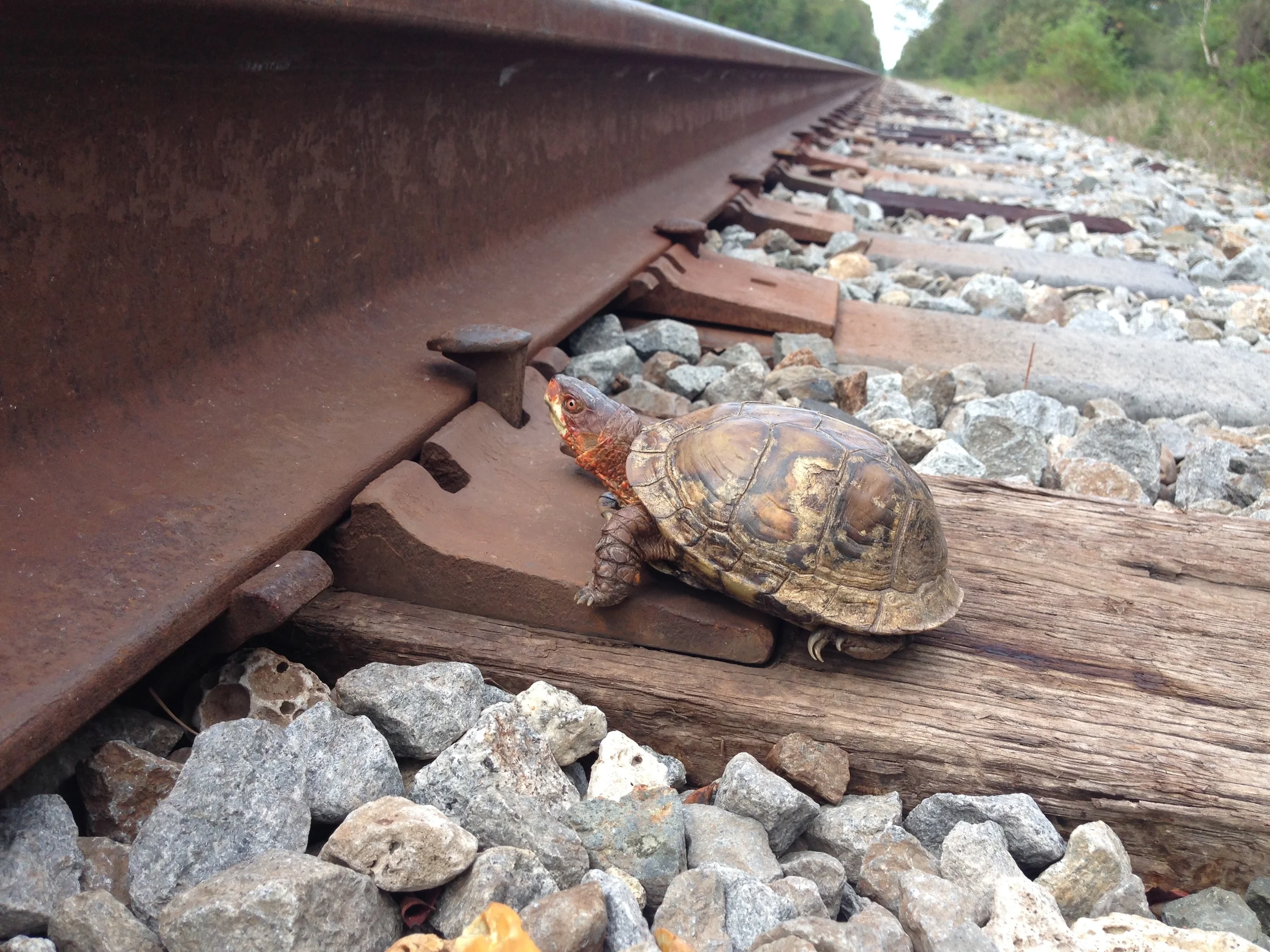
Hydrology and hydraulics (H&H), or drainage as a whole, is our passion and around which this company was founded. One of the primary purposes of H&H is to conduct a bridge opening analysis. At Coldwater Engineering, we are highly experienced in bridge opening design, and analyzing existing and proposed conditions to meet client hydraulic criteria and regulatory floodplain requirements. We routinely work in conjunction with client and consultant structural engineers to minimize the iterative process of selecting preferred replacement alternatives. Every bridge opening project involves performing a hydrologic analysis utilizing various methodologies, performing a hydraulic analysis with modeling software such as HEC-RAS, preparing hydraulic reports and design plans, floodplain permitting, advising structural engineers on scour critical piers and abutments, and conducting client correspondence throughout the design process.
In addition to bridge opening design, scour analysis and countermeasure design is also one of our core practices at Coldwater Engineering. Unfortunately, many stream and river crossings are not perpendicularly aligned, increasing the risk of significant scour due to pier and abutment skew and potential channel migration. In these scenarios, Coldwater Engineering’s extensive H&H experience has helped clients recognize bridge crossings with high potential for scour vulnerability. We routinely utilize best practice methods and design equations to predict “total worst scour” which are used to determine pile driving depths and footing elevations. In addition, we regularly work with clients to determine feasible scour mitigations that are practical and constructible, while avoiding intense permitting implications.
H&H design has seen many advancements in recent years and although many clients have an established H&H design workflow, our Coldwater Engineering staff works to progress their internal design and best practice techniques. As computers continue to become more powerful and larger data sets become publicly available, we continue to adapt our design processes to these technological advancements. LiDAR acquisition and advanced hydrologic and hydraulic modeling have become commonplace and many projects are beginning to require a more detailed analysis to satisfy regulatory and planned development requirements. At Coldwater Engineering, we are well suited to meet these emerging demands.
We normally operate under standard project design timelines, but our staff is also able to provide emergency and fast-track H&H design. We understand that rail traffic does not stop for emergency repairs and our key staff are experienced at prioritizing client requests and meeting tight project timelines. At Coldwater Engineering, we have responded to derailment events to conduct emergency surveys and expedited analysis for degraded culvert systems and embankment flood mitigation projects. Our staff is easy to coordinate with during emergency events. Our professionals are required to be reachable by cell phone and can respond to client requests as soon as possible. During emergencies, we can dispatch a qualified professional engineer within 24-hours who can begin the hydrologic and hydraulic analysis as the site survey is being performed.
RAIL

Everyone at Coldwater Engineering has extensive experience working in the railroad engineering field. Plainly put, we serve the railroad industry. This is what we do and why the firm was created. The Coldwater Engineering team can meet the following needs for any railroad client:
Water Resources
Environmental Permitting
Survey
Emergency Response
General Civil Engineering
We have completed work on nearly a thousand Class I railroad projects that have taken us to 23 States across the country giving our staff a wide range of experience.
Our team is composed of active members of the American Railway Engineering and Maintenance-of-Way Association (AREMA) serving on both Committee 1 (Roadway and Ballast), Subcommittee 3 (Natural Waterways) and Team 41 (Track Maintenance Steering Team). We have attended and supported the annual AREMA conference each year since 2012. We also attend and support the Railroad Environmental Conference.
Coldwater Engineering has a long-term Master Services Agreement (MSA) with Union Pacific Railroad and Kansas City Southern and provide a wide variety of services to these companies. The staff at Coldwater Engineering has a history of design excellence, responsiveness, and exceptional client service. Because of this, we are a preferred provider for bridge and culvert studies. We have also joined into a Continual Services Agreement (CSA) with Montana Rail Link and are looking to execute more long-term contracts with other Class I, Class II, and Short Line railroads.
If you have been misled by other firms on their capabilities, or find that they do not understand how the railroads operate, now is the time to try Coldwater Engineering. We are a railroad service firm, and our years of experience dedicated to this field shine through in our work.
PERMITTING & ENVIRONMENTAL SERVICES

Our environmental permitting services at Coldwater Engineering provide a critical balance to our hydrologic and hydraulic analyses. We pride ourselves on offering the full scope of services, beginning with survey and H&H and ending with permit closeout. We believe that having familiarity with a project from the beginning stages allows us to better represent a client in all phases of environmental permitting. Our staff at Coldwater Engineering has a thorough knowledge of environmental permitting as it pertains to a variety of railroad projects. While serving a handful of Class I and Class II railroads, our permitting team has gained an understanding of the permitting requirements in over 15 states. This permitting experience has encompassed projects ranging from bridge replacements and capacity projects, to emergency services.
At Coldwater Engineering, we have extensive experience in obtaining federal, state, and local permits. A majority of our projects fall under the federal jurisdiction of the Army Corps of Engineers (Corps) and Section 404 of the Clean Water Act. We have obtained permits from several Corps districts by primarily utilizing the Nationwide Permits (NWPs) and/or Regional General Permits (RGPs), but also have experience in obtaining Individual Permits. Determining which 404 permit a project will require depends heavily on a jurisdictional determination of the stream and/or wetlands that would be impacted. We employ an experienced environmental scientist who has extensive experience in wetland delineations and determinations on whether waterways and wetlands are likely jurisdictional.
States have the ability to set their own standards for environmental permitting. Section 401 of the Clean Water Act requires that any applicant for a federal permit provides certification that any discharges comply with state water quality standards. States review the NWPs every five years to determine if an applicant will be automatically granted water quality certification based on the NWP being used, or if an applicant is required to apply for an individual water quality certification. At Coldwater Engineering, we are familiar with many states’ water quality certifications and are able to discern when a project is granted automatic certification or when an individual certification is required.
Some states also require State Specific Permits, allowing them to ensure that a project is meeting their state specific environmental standards. For example, Illinois, Minnesota, New York, and Wisconsin require permits for new bridges and/or culverts being constructed over state waterways, while Missouri, North Dakota, and South Dakota have no relevant permit to apply for. At Coldwater Engineering, we have done extensive research into state specific permits and have experience in obtaining them from several states, some of which were not included in the example above.
We also have significant experience in obtaining Floodplain Development Permits. Any time a project is located within a FEMA-mapped 100-year flood zone, a Floodplain Development Permit is required from the local jurisdiction (i.e. city or county). With our broad knowledge of H&H at Coldwater Engineering, we have the ability to determine the effects a project will have on the floodplain. Some projects require a CLOMR/LOMR review by FEMA, which the staff also has experience completing.
Our staff also has the capability to create Stormwater Pollution Prevention Plans (SWPPPs) and Erosion Control Plans for larger construction projects (greater than 1 acre). These plans are typically prepared based on track designs for railroad capacity projects. As construction plans can be ever-changing, we adapt to these changes and are able to make modifications to the plans, either based on client request or significant changes in design.
In addition to the extensive experience that our staff at Coldwater Engineering has gained, we also stay informed of potential changes to permitting regulations and how those changes may impact the way we serve our clients. For example, the definition of Waters of the United States has a significant impact on what is required for permitting a project. Being well-versed in the latest definition, as it is ever-changing, allows us to save time and more efficiently serve our clients.
SURVEY

Frequently, as a complement to our hydrology and hydraulics and environmental permitting services, Coldwater Engineering conducts site surveys for nearly all of our projects requiring field data. These surveys are executed by our engineers and scientists. This saves our clients time and money by consolidating this effort. We feel that getting “boots on the ground” gives our engineers and permit staff invaluable insight and understanding for each project’s design requirements. Many designs hinge on key site features and the ability to identify and survey these features that often require the eye of a trained engineer or scientist. Our staff has the knowledge and experience to perform detailed structural and hydraulic surveys as well as wetland delineations and biological assessments.
At Coldwater Engineering, we are capable of performing both conventional type surveying, typically favored by construction crews, as well as Global Navigation Satellite System (GNSS) and scanning total station surveys for engineering design. For many of our projects, we provide the only survey for the project, capturing hydraulic, structural, environmental, and construction data requirements. If preferred by the client, we establish the project control and survey baseline through physical control points that tie into geodetic coordinate systems. By performing the site survey and collecting all necessary data, our staff can tailor survey requirements for each individual project, eliminating any “data gaps” and minimizing project costs.
Following a site visit, survey data is incorporated into CADD software, where other available data, such as LiDAR point clouds, are also collected and included into the design. Combining the survey with other available data sets provides our staff with a complete and streamlined understanding of the project. From this seamless foundation, our projects can advance efficiently from survey into design, avoiding typical downtime and disconnect that other project approaches may experience.
Our staff is comfortable and accustomed to accessing difficult locations. We require minimal equipment to conduct our detailed surveys, often traveling long distances to remote project locations. In addition, our staff is well acclimated to diverse weather conditions making us well suited to work at nearly any location in a moment’s notice.
